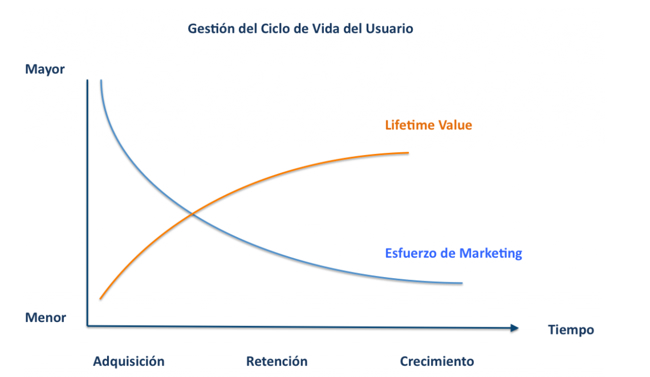Why take predictive modelling into account in your email marketing?


Today we will see how the predictive modelling can be a highly effective tool when defining an email marketing action for a group of users who show similar behaviour based on a certain pattern.
Via predictive modelling we can detect behaviours within the User lifecycle that indicate whether a user is more or less likely to take an action that affects the present and future value they bring to the organisation.
So, for example, if we detect behaviour that has historically been adopted by users before abandoning us as a provider, we will be able to anticipate and develop a marketing plan to prevent this leakage and retain it.. This will directly affect the LTV of that particular user, and will be reflected in the aggregate CLTV metric.
Let's imagine that a new user starts visiting our website with a higher than average frequency, and the time spent on a page with a specific product is also higher than average. We can recognise, historically, that users who bought for the first time in our e-commerce had a behaviour based on an increase in the number of visits to our site and in the time spent browsing the page containing information on the product that they finally ended up buying. Well, as soon as we detect a new user with a pattern of behaviour similar to the one described above, we will be able to act on him and make him act as we want him to, by buying.
Therefore, we can say that this type of marketing actions take into account the moment in which the user behaves according to a pattern, and the strategic context of the User lifecycleThis will allow us to increase ROI through highly targeted email marketing campaigns.

